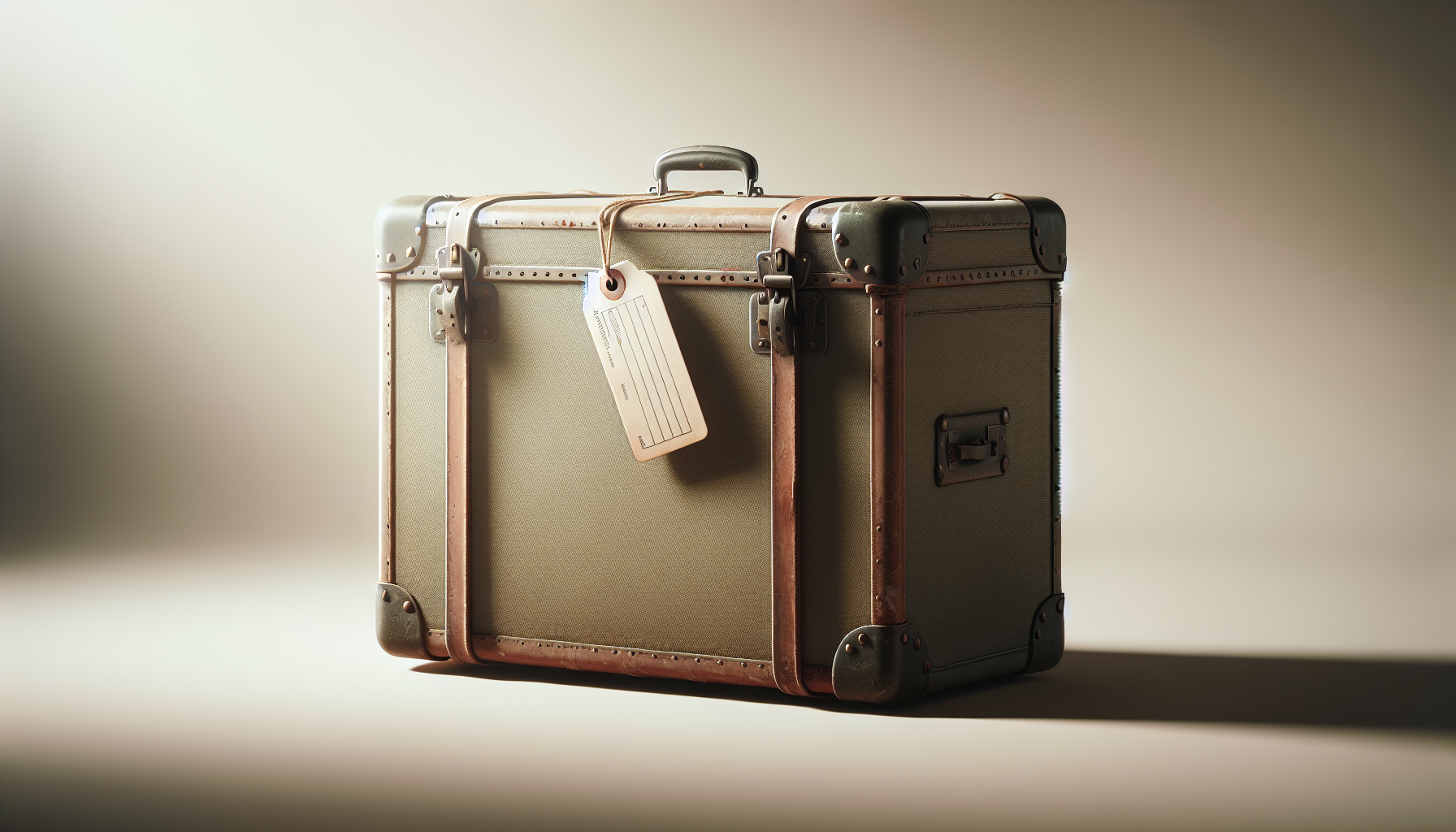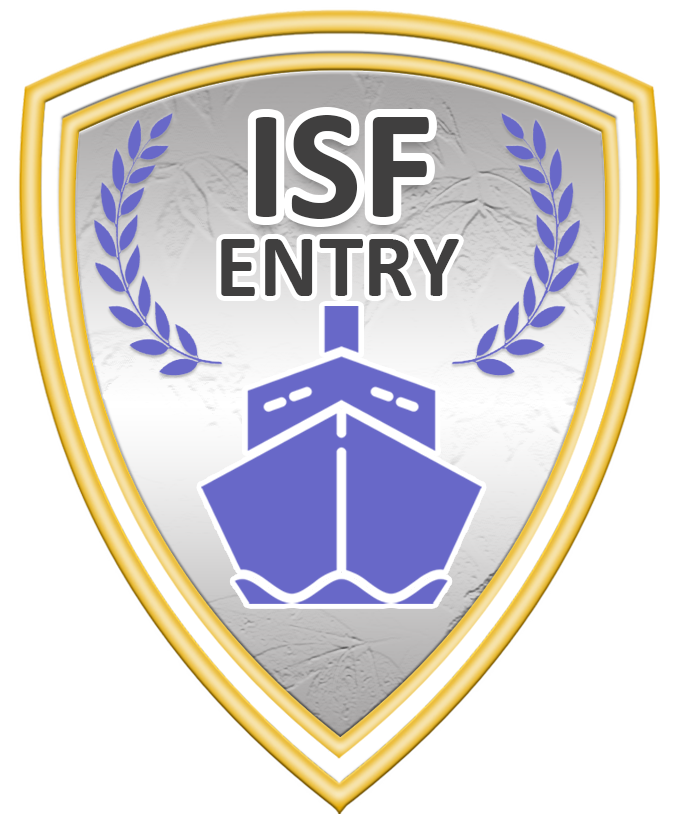ISF Filing For Personal Effects: Beginner-Friendly Guide
?Are you planning to ship personal effects to the United States and wondering how the ISF process works from start to finish?

ISF Filing For Personal Effects: Beginner-Friendly Guide
You’re about to handle goods that are often sentimental and sometimes complex to import — personal effects and household items. This guide walks you through Importer Security Filing & Entry Clearance for personal effects, so you know what to expect, what to prepare, and how to avoid common compliance pitfalls.
What is an ISF and why it matters for personal effects
An Importer Security Filing (ISF), often called the “10+2” rule, is a U.S. Customs and Border Protection (CBP) requirement for ocean shipments bound for the U.S. You must provide 10 importer-supplied data elements to CBP before the cargo is loaded at the foreign port. Carriers supply two additional data elements separately. For personal effects, many people assume household goods are exempt — but that’s not always true. You should treat ISF as a required security filing unless you confirm an exception with CBP or a licensed customs broker.
Who must file the ISF for personal effects
You, as the importer of record, are generally responsible for ensuring the ISF is filed. In practice, most individuals hire a customs broker or freight forwarder to file the ISF on their behalf. The broker will require accurate data from you and from suppliers or consolidators, if applicable.
Basic definitions and requirements
Understanding a few core terms early will make the process easier.
Key definitions
- Importer of record: The person or company legally responsible for importing the items and paying duties/taxes.
- Consignee: The party listed to receive the cargo; for personal effects, that’s typically you.
- HTSUS (Harmonized Tariff Schedule of the United States): The classification system used to determine duty rates.
- Unaccompanied baggage: Personal effects that arrive separately from the traveler.
- Household goods: Used personal property such as furniture, clothing, and personal electronics being imported for personal use.
The 10+2 data elements (you must provide these)
You or your broker must supply these 10 data elements for ocean shipments:
- Seller (or owner)
- Buyer (or owner)
- Importer of record number
- Consignee number(s)
- Manufacturer (or supplier)
- Ship-to party
- Country of origin
- Commodity HTSUS number
- Container stuffing location
- Consolidator (stuffer)
Your carrier will provide the “+2” elements: the vessel stow plan and container status messages.
Step-by-step ISF process for personal effects (start-to-finish)
This section walks you through the typical journey of your household goods from planning to delivery.
1. Pre-shipment planning (before booking)
Plan early so you have accurate details for the ISF. For personal effects:
- Create a detailed inventory that lists items, quantities, and condition.
- Determine if items are eligible for duty-free entry (e.g., some used household goods for returning U.S. residents).
- Engage a customs broker or freight forwarder and confirm they will file the ISF on your behalf.
2. Booking and supplier coordination
Whether the shipment is consolidated or a full container, the broker needs timely information from whoever packed or consolidated the container.
- Provide contact details for the packer or consolidator.
- Confirm the container stuffing location and stuffing date.
- Make sure the supplier or consolidator will share packing lists and any necessary declarations.
3. Filing the ISF (timing and submission)
ISF must be filed at least 24 hours before the cargo is loaded onto the vessel at the foreign port. For transshipments, the 24-hour window applies to the last foreign port of lading.
- Ensure your broker files the ISF on time — late filing can lead to fines and shipping delays.
4. Pre-arrival and shipment tracking
Monitor container status messages and the vessel stow plan to confirm arrival details. Maintain communication with your carrier and broker to resolve any issues quickly.
5. Arrival, inspection, and release
CBP may hold goods for inspection if the ISF or accompanying documents raise questions. You’ll need to:
- Provide entry documentation (e.g., entry summary, invoice, proof of residence or exemption documents).
- Pay duties and fees if required.
- Respond promptly to any CBP requests to minimize detention.
6. Delivery and post-entry compliance
Once cleared, coordinate delivery with your inland hauler or moving company. Keep documentary evidence for at least five years, as CBP may audit ISF filings and supporting documents.
Common edge cases and how to handle them
Personal effects shipments come with special situations that require attention.
Household goods for returning residents
Returning U.S. residents often have specific allowances or duty-free entry for used household goods, but you must present proper documentation and sometimes file specific CBP forms. Confirm eligibility with your broker and gather proofs such as proof of U.S. residence and a complete inventory.
Unaccompanied baggage vs. imported household goods
Unaccompanied baggage can sometimes be treated differently by CBP, but procedures and documentation differ. If you expect unaccompanied baggage treatment, prepare travel documents and a statement of ownership to present to CBP.
Consolidated shipments and unknown suppliers
If your household goods are part of a consolidated container with commercial cargo:
- Make sure the consolidator’s name and container stuffing location are accurate and available for the ISF.
- If supplier data is missing or changes, file an ISF amendment with full updated information as soon as possible.
Transshipments and sea-air shipments
Transshipments may change ISF deadlines. For sea-air (ocean leg to airport), check whether ISF is required for the ocean portion and how carrier messaging is handled.
Hazardous or restricted items in personal effects
Certain items like lithium batteries, firearms, alcohol, plants, food, or animal products may be restricted or require permits. Declare any such items early and obtain necessary permits or approvals.
Compliance tips: how to reduce risk and delays
Follow these practical steps to stay compliant and avoid costly delays.
Prepare accurate documentation
- Use a clear, itemized inventory with descriptions and values.
- If commercial invoices don’t exist for used goods, create owner statements or replacement value estimates.
Maintain communication and records
- Keep contact information for your packer, consolidator, and carrier.
- Save emails, invoices, packing lists, and proof of ISF filing for at least five years.
Use a licensed customs broker
- A broker can file the ISF and handle customs entries, duty calculations, and any carnet or permit requirements.
- Make sure the broker receives data early enough to meet the 24-hour rule.
Classify items correctly
- Even personal effects may require HTSUS numbers. If uncertain, ask your broker for guidance rather than guessing.
File amendments quickly and transparently
- If you discover incorrect ISF data, file an amendment promptly. Late corrections can reduce penalty risk if you show good faith and timely action.

Typical penalties and consequences for non-compliance
CBP enforces ISF requirements and can impose consequences for non-compliance. Consequences may include:
- Cargo holds or delays at U.S. ports.
- Civil penalties or fines levied against the importer or filer.
- Denial of entry if the shipment cannot be cleared properly.
- Carrier fines for loading without a valid ISF, which can be passed on to you.
If a mistake occurs, work with your broker to document corrective actions and provide evidence of reasonable care.
Practical checklist you can use
Use this list to confirm readiness before shipment.
- Inventory prepared with item descriptions and values.
- Proof of ownership or residence (if claiming returning resident exemptions).
- Packager or consolidator details (name, address, contact).
- Container stuffing location and stuffing date.
- Manufacturer/supplier details for each item (or owner if no supplier).
- HTSUS codes for major categories (ask broker for help).
- Importer of record number and consignee information.
- Booking number and expected vessel/voyage details.
- Broker assigned and ISF filing scheduled 24+ hours prior to loading.
- Documentation retention plan (store documents for 5+ years).
Frequently asked questions (with practical answers)
These are common concerns you’ll run into.
Do personal effects always require an ISF?
Generally, ocean shipments to the U.S. require ISF filings. Some narrow exceptions may exist, but you should assume an ISF is necessary unless you have confirmation otherwise from CBP or a licensed customs broker.
What if I don’t have a commercial invoice for used goods?
Provide a detailed owner’s inventory with estimated used values or replacement values. Your broker can advise which documents CBP will accept for entry.
Can I file the ISF myself?
Yes, but most individuals hire a broker because the filing requires precise data and timing. If you file directly, ensure you have a secure portal and a clear understanding of the 10 data elements and deadlines.
What happens if information changes after filing?
File an ISF amendment right away. Prompt amendments reduce the chance of fines for inaccuracies and demonstrate good faith.
How far in advance should I organize documents?
Start planning at least 4–8 weeks before shipment. Many delays happen because suppliers or consolidators don’t provide necessary data in time.
Example scenarios and what to do
Here are realistic examples and stepwise actions you can take.
Scenario A: Returning U.S. resident with household goods
Action steps:
- Gather proof of prior U.S. residence and travel documents.
- Prepare a detailed inventory and list of used items.
- Engage a customs broker to file ISF and handle customs entry, possibly using forms for returning residents.
- Be ready to present documentation at port if CBP requests inspection.
Scenario B: Consolidated container with unknown suppliers
Action steps:
- Confirm consolidator contact details and stuffing location early.
- Require the consolidator to provide a declaration of contents per box.
- Coordinate with your broker to file ISF using available data and update if supplier details become available.
Scenario C: Personal effects include restricted items (e.g., firearms)
Action steps:
- Identify restricted items before shipping.
- Obtain required permits and declare items early.
- Work with specialized agents for firearms or regulated goods to avoid delays.
How to choose a customs broker or freight forwarder
Picking the right partner makes ISF filing straightforward and stress-free.
Qualities to look for
- CBP-licensed customs broker.
- Experience with household goods and personal effects.
- Clear communication and a defined timeline for ISF filing.
- Transparent fees for filing, amendments, and customs entry services.
Questions to ask potential brokers
- Have you filed ISFs for household goods before?
- What information will you need from me, and when?
- How do you handle amendments and late supplier data?
- What are your fees and who pays carrier penalties, if any?
Recordkeeping and audit readiness
CBP may audit your ISF filings. Keep:
- ISF submission confirmations.
- Packing lists and inventories.
- Proof of supplier, consolidator, and stuffing location.
- Customs entry documents and any correspondence related to corrections.
Retain records for at least five years to demonstrate compliance.
Final compliance checklist and best practices
Follow these best practices to reduce stress and risk.
- Start early: give yourself weeks, not days.
- Use a licensed broker: let a professional manage filings and entry.
- Keep communication open with packers and consolidators.
- Prepare accurate inventory and values for used items.
- File ISF at least 24 hours before loading at the foreign port.
- File amendments promptly if any data changes.
- Keep complete records for audits.
Closing practical tips
You can navigate ISF successfully by combining organization with proactive communication. When personal effects are involved, documenting ownership and the condition of items simplifies customs processing and supports any claims for duty exemption. If complex items or potential restrictions exist, plan for permits and specialized handling early.
If you keep the timeline in mind, provide accurate information, and work with a competent customs broker, your personal effects can clear with minimal delay.
